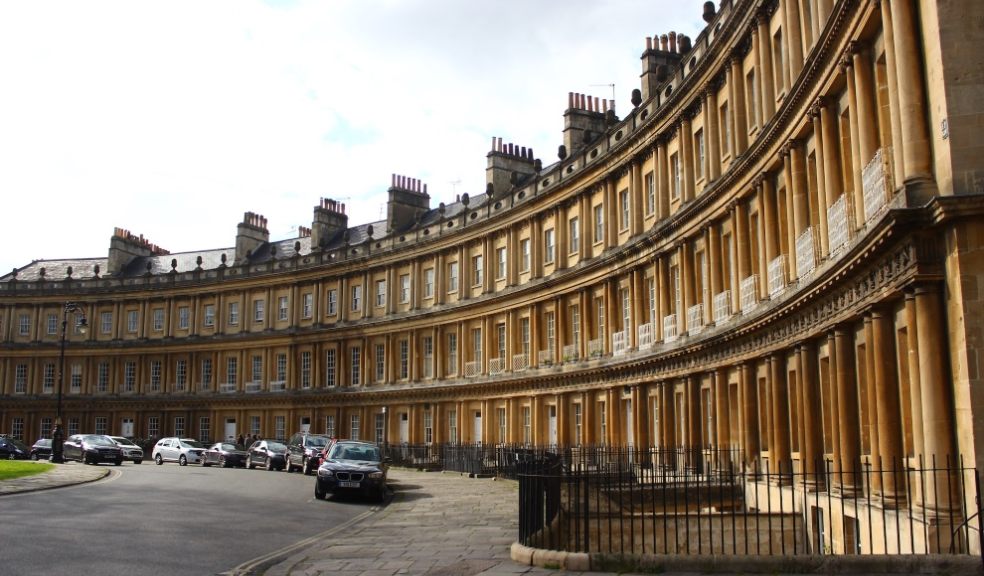
What is the difference between a Grade I and a Grade II listed building?
In the UK, we are lucky enough to have a plethora of stunning historical architecture of huge cultural significance. To protect these heritage structures for current and future generations, they are awarded a ‘listed’ status which affords them certain protections. Listed status is also provided for certain parks, gardens, monuments and wreck or battlefield sites which also meet the criteria for protection and are known as “Heritage Assets”.
In England alone, there are estimated to be around 500,000 listed buildings and the National Heritage List for England records them. For Scotland, the Historic Environment Scotland provides the same role and in Wales, the Republic of Ireland and Northern Ireland protections are afforded under Cadw, the Planning and Development Act 2000 and the Northern Ireland Environment Agency, respectively.
As well as being listed, these buildings are also grouped into three separate categories depending on their particular status. These categories are Grade I (one), Grade II* (two star) and Grade II (two) and the Secretary of State for Culture, Media and Sport applies particular statutory criteria based on the Planning (Listed Buildings and Conservation Areas) Act 1990 when deciding whether or not a building is of sufficient special architectural or historic interest to be added to the list.
So, what are the key differences between these listing categories?
When it comes to Grade I listings, these are structures which have been categorised as having “exceptional” interest and the greatest architectural significance. As you would expect, only a small number (around 2.5%) of all listed buildings have Grade I status.
Examples include Westminster Abbey, the Houses of Parliament and Buckingham Palace and, perhaps unsurprisingly, the majority of Grade I listed buildings (nearly 600) can be found in London.
Grade II* buildings are categorised as being buildings that are “particularly important…of more than special interest.”
Examples include Cleveland Bridge in Bath, which has itself been classified as a World Heritage Site, Battersea Power Station and the Trellick Tower in London and the Tyne Bridge in Newcastle upon Tyne.
Similarly to Grade I status, not many structures make the cut for a Grade II* listing, with only 5.8% of all listed buildings classified as Grade II*.
Grade II buildings are categorised as “of special interest warranting every effort to preserve them.” Much more common than their Grade I and Grade II*counterparts, Grade II listed buildings account for over 90% of the list.
Well known examples include London’s BT Tower, the Abbey Road Studios which were made famous by The Beatles and Liverpool’s Adelphi Hotel. However, there are also a large number of commercial and residential properties which are Grade II listed.
Can you purchase a listed building?
Whilst many of the most impressive and well-known structures in the UK have listed status, a number of residential homes have been granted Grade II listed status too, and they come onto the housing market in the same way as normal homes.
If you do wish to purchase a listed building though, there are definitely certain considerations to bear in mind, particularly when it comes to making any repairs or modifications. You will also need to ensure that your home hassufficient home insurance since listed buildings should be covered by a specific policy applicable to them.
Whilst the idea of maintaining and renovating a listed property may seem daunting, there is a lot of support out there, not least via The Listed Property Owners’ Club. You may also be eligible for a grant to help with the costs of maintaining your very own slice of history, so make sure you do your research, There is more information available on the Historic England website here.
What happens if you want to sell a listed building?
When it comes to selling a Grade II listed building, there are additional factors to be aware of in comparison to selling an unlisted property.
Before you put your property on the market, make sure you have ticked these items off your checklist.
- Research the structural history of your property – whilst you may have an idea of the cultural history of your property, do your homework and make sure that any structural work such as extensions or repairs was undertaken properly and with the necessary consent so that there aren’t any unexpected surprises when potential buyers start to arrange building surveys.
- Ensure that all your paperwork is in order – alongside the standard property deeds that you would expect for any home, a listed property is likely to have additional paperwork with any planning consents, restrictive covenants or clauses included. Make sure you have these files easily to hand alongside your deeds as your buyer’s conveyancer will want to see them.
- Ensure any renovations are sympathetic to the building – even if it is not specified in any covenants or clauses, you should always ensure that the materials and techniques used to make any repairs or improvements to your property whilst you are living there or with a view to selling up are appropriate for the age and build of the property. This isn’t just for aesthetic purposes, but to avoid any damage being caused to the structural integrity of the property. Always use specialist builders and contractors who have experience in working with listed properties for any remedial work. You will also need the consent of your local authority before you undertake any such work to a listed property.
- Look into the tax requirements and relief for listed properties – In recent years this has been subject to change, so make sure you are aware of any applicable tax relief (or implications) when you make changes to your listed property.
- Work with an estate agent who is used to selling listed properties – it might seem obvious, but your property is special, so make sure you are selling it with someone who has experience in marketing similar properties and may even have some existing buyers in mind. This will also be useful when it comes to deciding on an accurate asking price.













